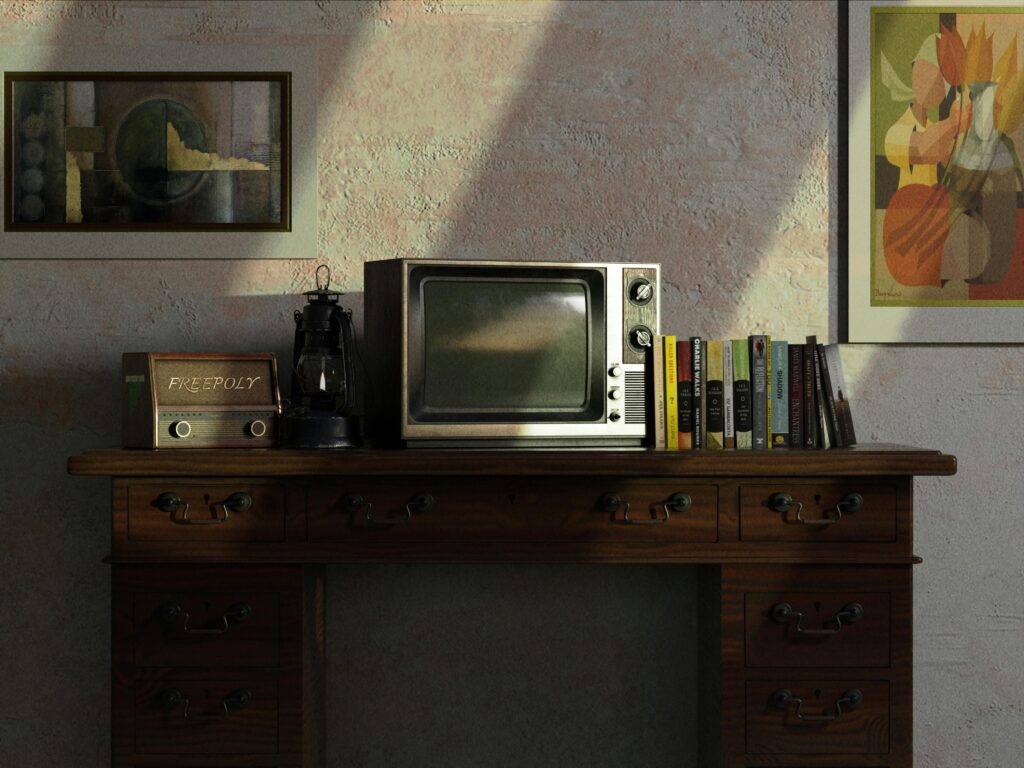The 2.39:1 aspect ratio, often referred to as CinemaScope or anamorphic widescreen, has become a hallmark of cinematic storytelling. This ultra-wide format offers filmmakers a canvas that enhances visual storytelling, providing a more immersive experience for audiences.
Understanding the 2.39:1 Aspect Ratio
Aspect ratio denotes the proportional relationship between an image’s width and height. In the case of 2.39:1, the width is 2.39 times the height, resulting in a panoramic view that captures expansive scenes and intricate compositions.
Historical Evolution
The journey to the 2.39:1 aspect ratio began in the 1950s as a response to the rising popularity of television. Filmmakers sought to differentiate cinema by introducing wider formats. Initially, the standard was 2.35:1, but it evolved to 2.39:1 in the 1970s to address technical issues related to film projection. This format is also commonly rounded to 2.40:1 in industry parlance.
Advantages of Using 2.39:1 in Filmmaking
Adopting the 2.39:1 aspect ratio offers several benefits:
- Enhanced Visual Composition: The wider frame allows for more dynamic compositions, enabling filmmakers to include more elements within a single shot.
- Immersive Storytelling: The panoramic view can draw audiences deeper into the narrative, making scenes feel more expansive and engaging.
- Distinctive Aesthetic: Utilizing this aspect ratio can impart a cinematic quality that distinguishes a film from standard television formats.
Technical Considerations
Implementing the 2.39:1 aspect ratio requires attention to several technical aspects:
Camera and Lens Selection
Achieving the 2.39:1 ratio can be accomplished through two primary methods:
- Anamorphic Lenses: These lenses compress the image horizontally during shooting, which is then expanded during projection or post-production. This method preserves image quality and utilizes the full sensor area.
- Cropping: Shooting with standard spherical lenses and cropping the top and bottom of the frame in post-production to achieve the desired aspect ratio. While simpler, this approach can result in a loss of resolution.
Resolution and Frame Sizes
When working with high-resolution formats, it’s essential to understand the corresponding frame sizes for the 2.39:1 aspect ratio. For instance:
- 4K Resolution: 4096 x 1716 pixels
- 6K Resolution: 6144 x 2570 pixels
- 8K Resolution: 8192 x 3428 pixels
These specific resolutions ensure that the 2.39:1 aspect ratio is maintained without unnecessary cropping or scaling.
Post-Production Workflow
Incorporating the 2.39:1 aspect ratio into post-production involves several steps:
Editing and Framing
Editors should set their project settings to the 2.39:1 aspect ratio to ensure consistency throughout the editing process. This setup aids in accurate framing and composition.
Using Aspect Ratio Templates
To facilitate the application of the 2.39:1 aspect ratio, filmmakers can utilize high-resolution aspect ratio templates. These templates can be overlaid on footage to adjust the aspect ratio seamlessly. A valuable resource for such templates is available at No Film School.
Common Questions About the 2.39:1 Aspect Ratio
- Why choose 2.39:1 over other aspect ratios? The 2.39:1 ratio offers a wider field of view, enhancing visual storytelling and providing a more cinematic experience.
- Does using 2.39:1 affect distribution? While it offers a cinematic look, it’s essential to consider how the aspect ratio will display on various screens, as it may introduce letterboxing on standard 16:9 displays.
- Can I convert existing footage to 2.39:1? Yes, by cropping the top and bottom of the frame, but be mindful of potential loss in resolution and composition.
Conclusion
The 2.39:1 aspect ratio remains a powerful tool in a filmmaker’s arsenal, offering unique aesthetic and storytelling advantages. By understanding its history, technical requirements, and implementation strategies, filmmakers can effectively harness this format to elevate their visual narratives.


